Over the last two years, animal welfare organizations successfully secured pledges from major restaurants and grocers to eliminate battery cages from their supply chains, which are collectively expected to bring cage-free housing from ~13% of the domestic egg supply to ~70% when fully implemented. We have been the largest funder of these campaigns.
In our blog post announcing our support for these campaigns, we claimed that cage-free systems were much better than battery cages for hen welfare, based on initial research conducted by Lewis Bollard, our program officer for farm animal welfare. Lewis briefly argued against a memorandum by animal rights group Direct Action Everywhere (DxE) which claimed the opposite. This disagreement was further explored in a series of comments written by Lewis and Wayne Hsiung of DxE.
We left that discussion unsatisfied with our knowledge about the evidence on hen welfare in different housing systems, and I (Ajeya Cotra) conducted a more thorough investigation — the full report can be found here. My findings were, in short:
- Cage-free housing will provide hens with increased ability to perform behaviors like stretching and walking, laying eggs in nestboxes, and perching at night. Our conversations with animal welfare scientists suggested that these behaviors are important to hen welfare, and in the handful of specific experiments we reviewed, hens were willing to pay substantial-seeming costs for the opportunity to perform these behaviors. However, our initial look at these experiments was limited in depth and we aren’t confident about their quality.
- It seems likely that there will be a “transition cost” of increased mortality when U.S. farms initially transition into cage-free housing. Researchers told us that these systems are more difficult to maintain well, and our understanding is that mortality from disease and injury will likely be abnormally high while farmers learn to manage the new systems. Other things being equal, farmers have substantial incentive to reduce high mortality rates, because mortality reduces the cost-efficiency of egg production. However, we are unsure how far this effect will push, or how long that process may take.
- Post-transition, mortality rates will likely continue to be more variable in cage-free systems than in battery cages. Our best guess is that mortality in aviaries will be roughly similar to cages in the long run, but this read of the evidence depends on particular judgment calls described in more detail here. In particular, mortality in aviaries would look significantly worse if we had chosen to give extra weight to a short-term U.S. experimental study Karcher et al 2014 (which we expect to be less representative of long-run outcomes than this 2013 survey of U.S. farms and a this meta-analysis from the U.K., which gathered data from cage-free systems that had been in place for a longer period of time).
- The literature doesn’t seem to offer any conclusive method to morally weigh changes in behavioral prospects and changes in disease or injury risk in a unified quantitative framework. Animal welfare scientists from the U.K. and Canada expressed the intuition that cage-free housing was substantially better for hen welfare all things considered, while scientists from the U.S. tended to believe furnished (but not battery) cages were best for animal welfare. Our impression is that compared with U.K. and Canadian scientists, U.S. animal welfare scientists tend to emphasize “welfare” criteria that align with production metrics over hen subjective well-being, and are more often funded by industry interests.
In light of this new investigation, we believe we were overconfident in our unqualified initial statement that “Cage-free systems… [are] much better than cages.” In particular, we had put substantial weight on a pre-existing quantitative assessment that ranked hen housing systems on a 0-10 welfare scale; we are now much more skeptical of that paper’s methodology. Additionally, we now think it is likely that mortality rates in aviaries will be higher than in cages in the years immediately after farmers transition to cage-free production, though we expect this initially-high mortality to decline significantly as farmers follow profit incentives to improve management practices and reduce mortality to roughly the levels currently seen in commercial cage-free farms in the US and the UK. We continue to believe our grants to accelerate the adoption of cage-free systems were net-beneficial for layer hens, but we feel we made a mistake by not conducting a more thorough review of the research on this topic earlier.
In addition, it seems clear to us that cage-free systems have much higher welfare potential than battery cage systems — that is, the theoretical highest-welfare hen housing system would not contain cages. Though we stand by our bottom line, we appreciate the pushback from Direct Action Everywhere for prompting us to look more closely at the evidence base.
For more details, read the full report here.
